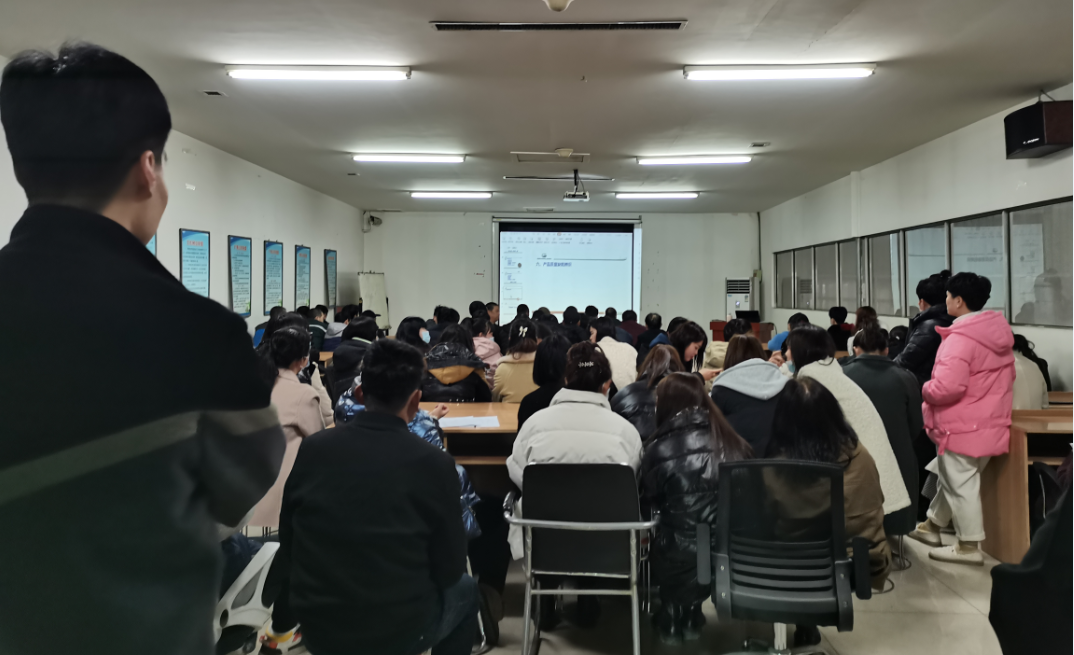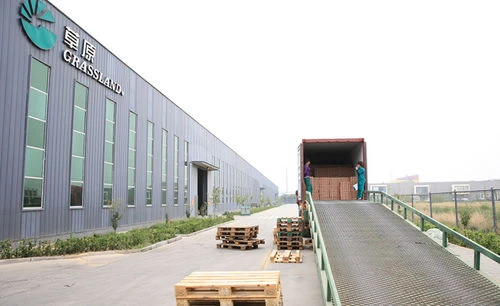

It's crucial to consider the wheel's speed rating as well. The wheel must match the operating speed of the grinding machine to prevent safety hazards and ensure efficiency. Using a wheel at a speed above its rating can cause the wheel to shatter, posing significant risks to operators. Incorporating environmental and safety considerations into the selection process is also fundamental. Opt for wheels that generate less dust or include dust extraction features. Ensuring compliance with occupational safety standards not only protects workers but also enhances the trustworthiness of your operations. Consulting with abrasive manufacturers and suppliers can provide valuable insights to navigate the selection process. They offer technical support and guidance to choose the most effective grinding wheel for your particular application, thereby reinforcing the expertise and authoritative nature of your decision-making process. Regular training for operators on the correct usage and maintenance of grinding wheels is essential for maximizing their lifespan and performance. Regular inspections and proper storage of grinding wheels are necessary steps in maintaining their integrity and reliability. In summary, selecting the right grinding wheel is a multifaceted process that requires careful consideration of abrasives, grit size, bonding material, wheel hardness, speed ratings, and safety standards. By prioritizing these factors, coupled with expert guidance and continuous training, manufacturers can enhance the quality and efficiency of their operations, ultimately leading to improved productivity and cost-effectiveness.
Post time:Jan - 13 - 2025

















